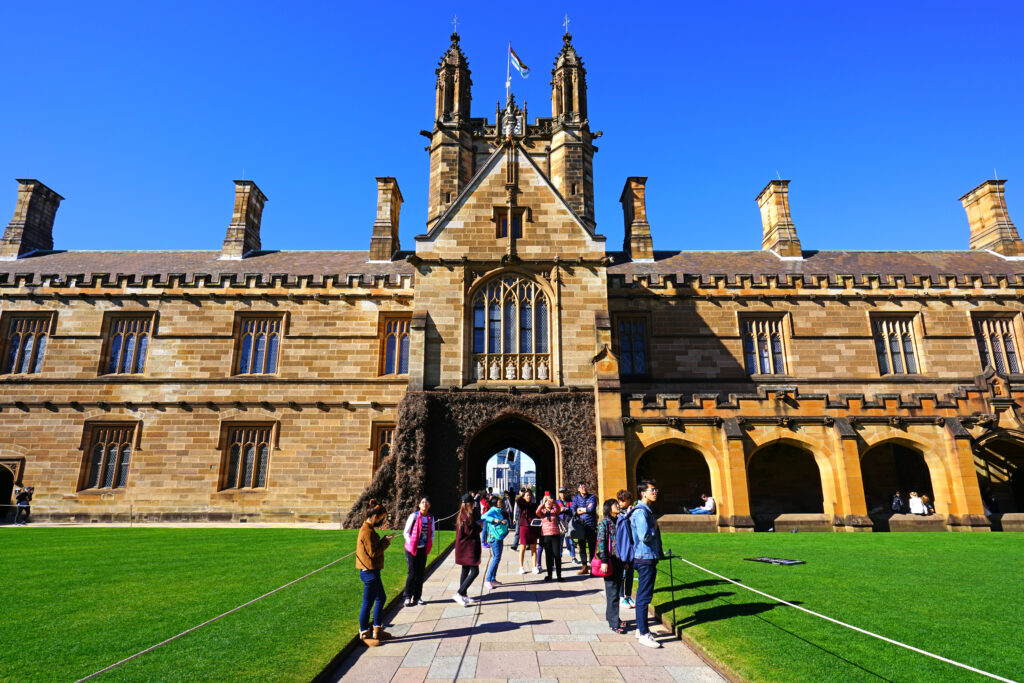Australia’s international education sector reached a significant milestone in 2024, with enrolments surpassing one million for the first time.
According to government data, by September 2024, Australia recorded 1,018,799 international student enrolments. This is a 16 per cent increase compared to the same period in 2019 before COVID-19 disrupted global mobility. The number of international student commencements also reached an all-time high of 495,469, up by 14 per cent from pre-pandemic figures.
Enrolments represent the total number of course registrations and do not directly equal the number of students currently in Australia. This figure includes both onshore and offshore students studying through online or hybrid models, which have become more common since the pandemic.
What about the international student cap?
This growth in international student enrolments led to a controversial proposal: capping new international student enrolments at 270,000 for 2025. The Australian Government argued that this measure was necessary to address pressures on housing and ensure sustainable future growth.
However, the proposal faced some backlash from other parties. The Coalition blocked the proposal, citing its potential damage to Australia’s education sector. Critics argued that restricting international student numbers would harm the economy and tarnish Australia’s reputation as a top-tier destination for international students. Education Minister Jason Clare expressed frustration, pointing out inconsistencies in the opposition’s stance on broader migration policies.
Currently, the proposed student cap system for 2025 has not been confirmed.
What do higher enrolments mean?
For international students, the rise in enrolments offers both opportunities and considerations. The growth indicates a strong demand for Australian education, reinforcing the quality and reputation of our universities.
Higher enrolments also mean greater diversity on campuses and in classrooms. Students can enjoy meeting and connecting with peers from across the world, enabling them to build their social and professional networks and set themselves up for valuable future career opportunities.
However, larger enrolments might mean students face increased competition for some resources, such as accommodation, internships and on-campus services. Universities will need to meet these demands with increased support services, housing options and facilities.
For students studying remotely, higher enrolments indicate a trend towards online learning. Gaining an Australian education is more accessible, and students have greater flexibility in how and where they pursue their studies.
These record numbers highlight the resilience of the international education sector and the opportunities available to students here in Australia. If numbers continue to grow, ongoing investment in resources and infrastructure will be required to support students effectively.





